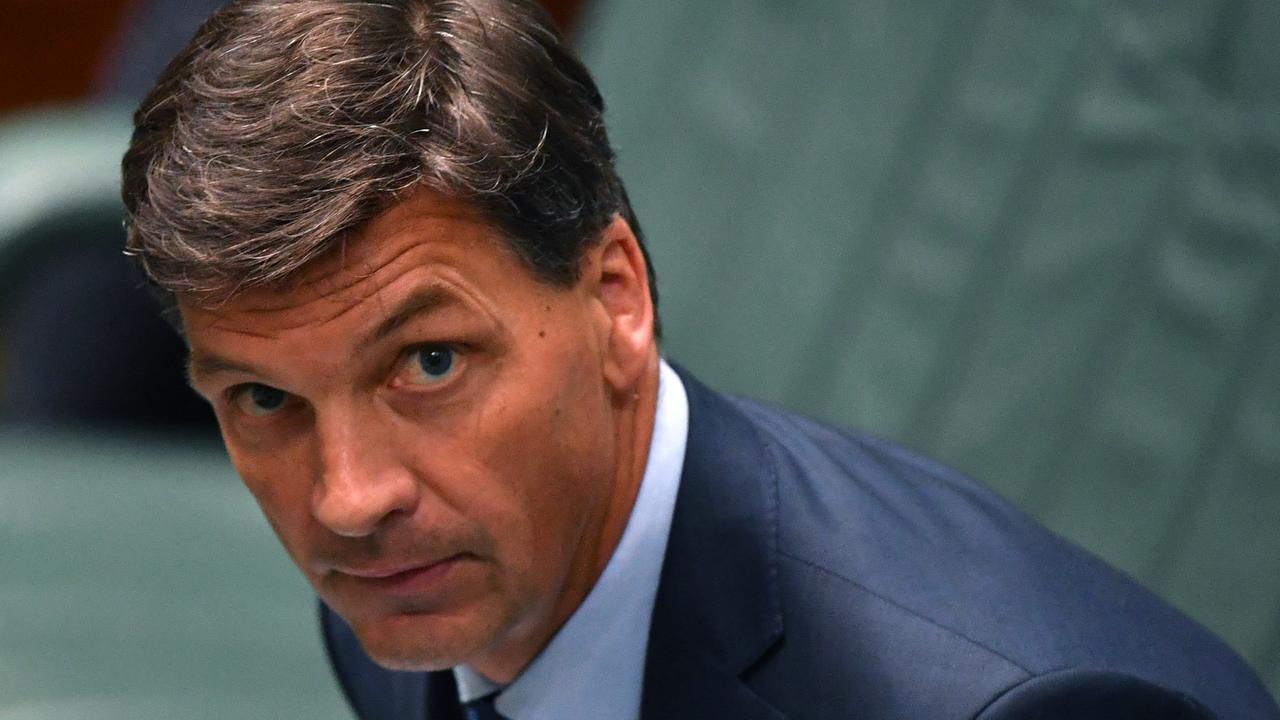Direct Instruction may not be rocket science but it is effective
TEACHERS should be teachers, not facilitators, when it comes to educating schoolchildren.
NOEL Pearson may not be an educationalist by training but when it comes to his advocacy of Direct Instruction and knowledge about what best works in the classroom, he outshines most academics in teacher training institutes and universities.
Since the late 1960s and early 70s, beginning teachers have been taught that more formal, structured and teacher-directed models of classroom interaction are outdated and ineffective.
In the jargon much loved by academics, teachers are called on to be facilitators and guides by the side. Whether associated with what was known as child-centred learning, or its more recent cousin, personalised learning, the assumption is that children must take control and direct their own learning.
Open classrooms, children working in groups, teachers no longer standing at the front of the room and lots of noise and activity are all manifestations of this progressive and new-age model of classroom interaction.
Memorisation and rote learning are condemned as drill and kill, whole language, where beginning readers are told to look and guess and phonics and phonemic awareness go out the window, reigns supreme and mental arithmetic and reciting poetry are obsolete.
There's only one problem: what has become the current orthodoxy in teacher education is the least-effective and most costly in terms of energy and time. Best illustrated by a US study titled Project Follow Through that evaluated various models ranging from child-centred to teacher-directed, the most successful method of teaching is Direct Instruction.
The more traditional approach involves carefully structured, highly focused lessons where teachers are in control, where children are given a clear and succinct idea of what needs to be mastered and where there is immediate feedback.
When detailing the results of Project Follow Through, the Australian Council for Educational Research's Rhonda Farkota writes: "Student-directed learning had consistently more negative outcomes than those achieved in traditional education on all measures of basic skills, cognitive development, and self-esteem."
The University of Melbourne's John Hattie, in his analysis of what most influences student learning, also places Direct Instruction highly. Hattie notes that the prevailing fashion in teacher education departments is to undervalue Direct Instruction in favour of more politically correct options such as personalised learning.
John Sweller, an academic at the University of NSW specialising in how children best learn, also supports Direct Instruction when he writes: "Information should always be presented in direct rather than indirect form. This principle applies equally to all educational contexts but flies in the face of much educational theory of the last few decades".
That Direct Instruction is so successful stands to reason. Children, especially boys, need a structured, orderly environment where there are clear guidelines about what needs to be accomplished and where there is immediate feedback.
In order to be creative and to master higher-order skills, children first need to learn the basics so that they become automatic. Repetition and rote learning are necessary, especially in areas such as reading, where those children who have been taught to look and guess quickly become frustrated.
Open classrooms, where children have the freedom to move around, direct their own learning and teachers act as guides by the side, are ineffective, noisy and create an environment where busy work is often confused with constructive and essential learning.
That Australia's teacher training academics largely ignore the research proving the benefits of Direct Instruction should not surprise. Many, such as the Queensland University of Technology's Allan Luke, have made a career out of the new pedagogies and they have a vested interest in maintaining the status quo.
It's also the case, given the cultural Left's control of teacher education, that academics favour what they consider to be a more empowering and liberating model of classroom interaction where teachers, instead of being authority figures, are reduced to being one learner among many. As noted by Jennifer Buckingham when detailing why the education establishment refuses to acknowledge the central role of a phonics and phonemic awareness model of teaching early reading, many educators prefer misguided theory to evidence-based research.
One of the defining characteristics of Julia Gillard's education revolution is its statist, one-size-fits-all approach in areas such as a national curriculum and national teacher certification and training. Increasingly, such initiatives are linked to funding and, as a result, schools will have no choice but to implement head office dictates.
One hopes that Pearson and the Cape York Aboriginal Academy at Aurukun have the ability and resources to escape such a fate and to continue embracing Direct Instruction. Their students deserve no less.
Kevin Donnelly is director of Education Standards Institute and author of Educating Your Child: It's Not Rocket Science.


